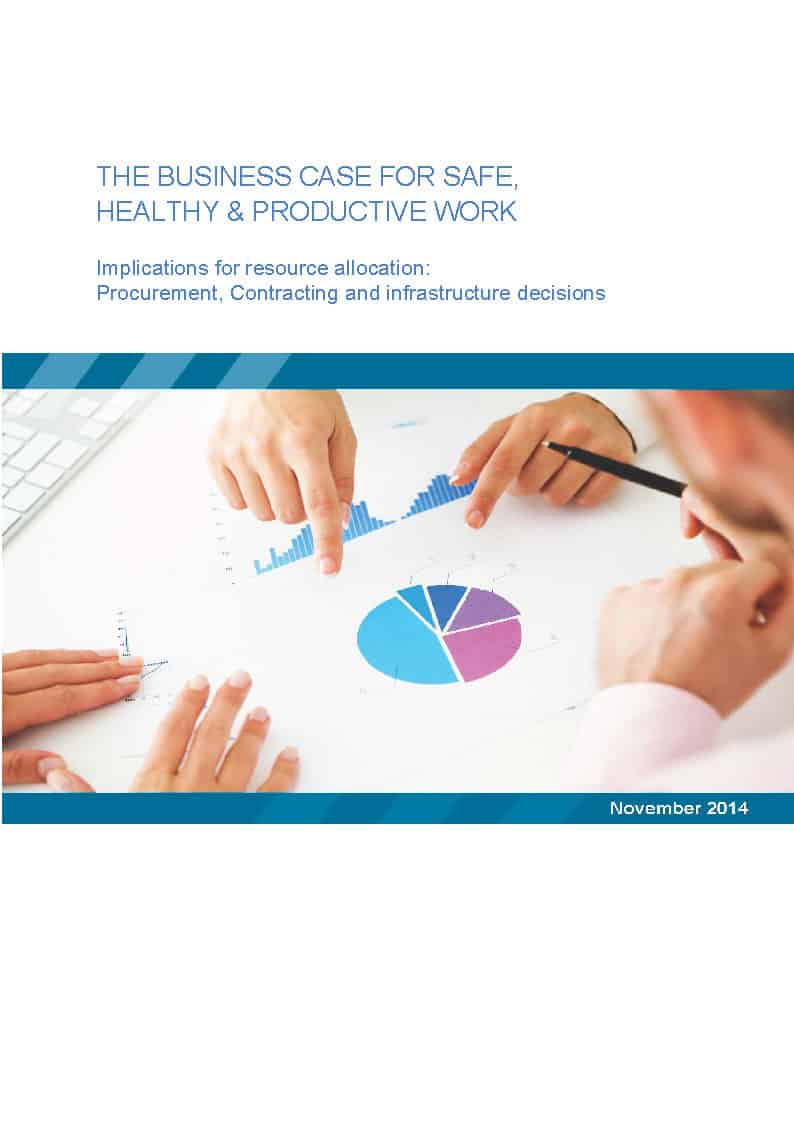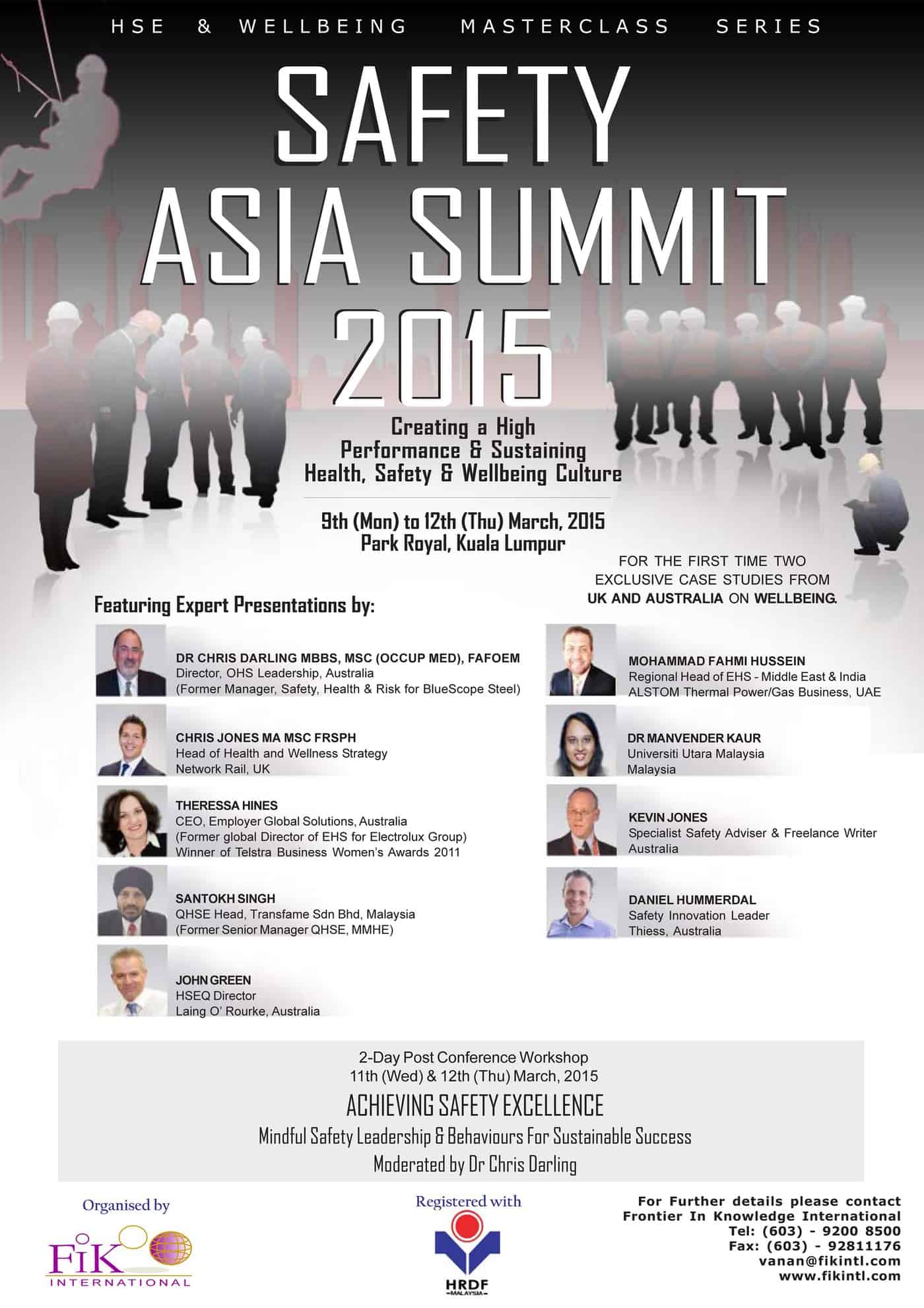A common theme throughout presentations at the Safety Asia Summit in Kuala Lumpur was the need to communicate safety and health clearly and concisely to variety of nationalities with a variety of literacy levels. My presentation aimed at reminding the OHS professional delegates that they may already have skills that they could use in communicating safety issues to their audience or workers and contractors.
Every culture has stories. Stories have been the dominant way of teaching for centuries but we are gradually losing some of our innate storytelling skills or we do not see how they may be relevant to the workplace. OHS professionals could benefit from redeveloping those skills and also encouraging those skills in others. Stories can be a base for teaching,listening and, in OHS parlance, consultation.
The story
Quite often people in business talk about “the story” without really appreciating the complexity of storytelling, or the power of storytelling. Here are two quotes about stories that I plucked from a marketing brochure:
“The story is what drives the bond between the company and the consumer.”
“Stories can be used to communicate visions and values, to strengthen company culture, to manage the company through change and to share knowledge across the organisation.”*
There is some truth in these quotes but the purpose of the quotes undermine their value. The book these are from discusses storytelling in terms of branding and advertising, in other words the purposeful manipulation of people’s desires. For marketing and advertising is the sector where storytelling has been most effective in supporting the selling of products and the selling of ideas.
Continue reading “Dead Men Tell No Tales – Safety Storytelling”


 SafetyAtWorkBlog is proud to have been listed as one of
SafetyAtWorkBlog is proud to have been listed as one of 